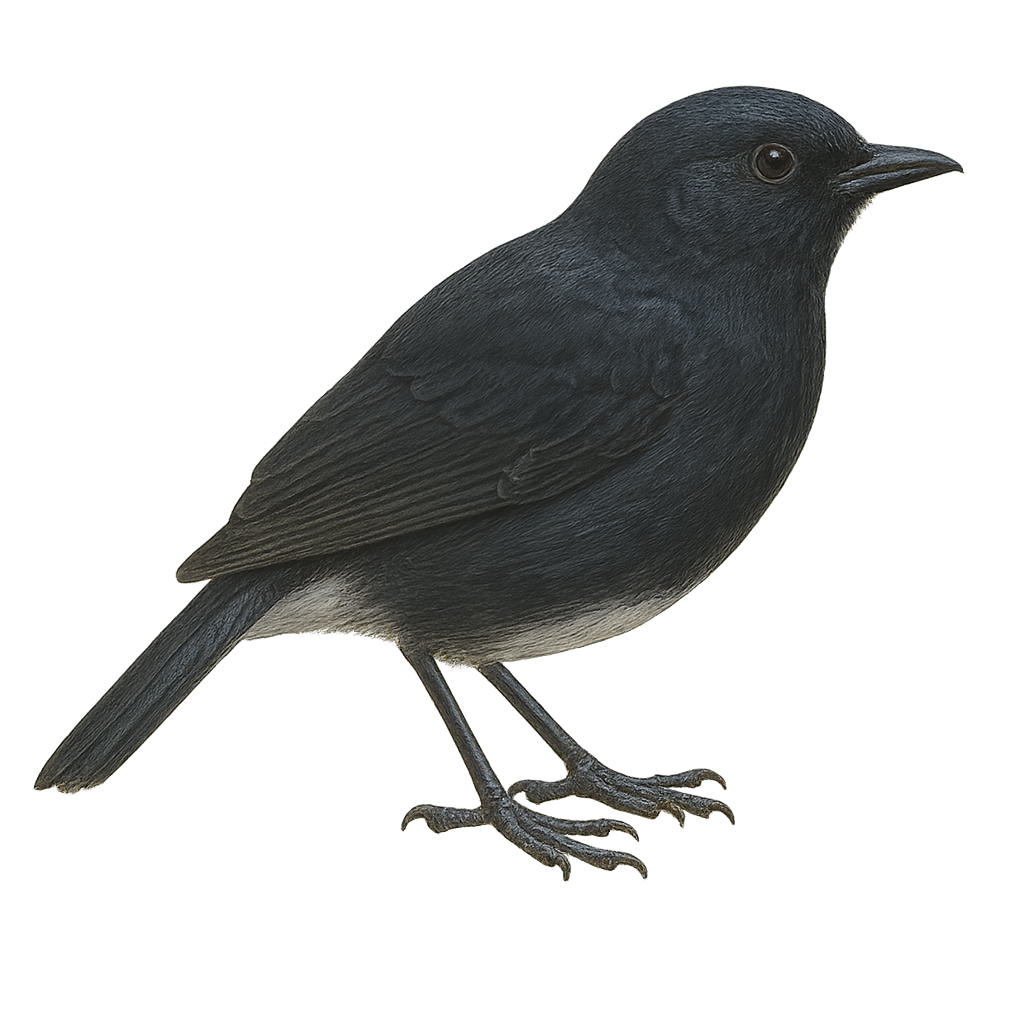Your wildlife photography guide.
Explore the venezuelan flowerpiercer in detail, study its behavior, prepare your shots.
Where to observe and photograph the venezuelan flowerpiercer in the wild
Learn where and when to spot the venezuelan flowerpiercer in the wild, how to identify the species based on distinctive features, and what natural environments it inhabits. The WildlifePhotographer app offers tailored photography tips that reflect the venezuelan flowerpiercer’s behavior, helping you capture better wildlife images. Explore the full species profile for key information including description, habitat, active periods, and approach techniques.
Venezuelan Flowerpiercer
Scientific name: Diglossa venezuelensis

IUCN Status: Least Concern
Family: THRAUPIDAE
Group: Birds
Sensitivity to human approach: Suspicious
Minimum approach distance: 5 m
Courtship display: March to April
Incubation: 13-15 jours
Hatchings: March to May
Habitat:
Humid forests, montane forests
Activity period :
Primarily active during the day, with peak activity in the morning and late afternoon.
Identification and description:
The Venezuelan Flowerpiercer is a bird from the Thraupidae family, endemic to the humid montane forests of Venezuela. It is recognizable by its dark plumage, often blue-black, and its thin, hooked beak, adapted for piercing flowers to feed on nectar. This bird is about 12 cm long and weighs between 10 and 15 grams. It is often seen in small groups or pairs, actively moving through the canopy in search of food. Although its habitat is limited, it is not currently considered threatened, but deforestation could pose a long-term risk.
Recommended lens:
400 mm – adjust based on distance, desired framing (portrait or habitat), and approach conditions.
Photography tips:
To photograph the Venezuelan Flowerpiercer, choose sunny mornings when the light is soft. Use a 400mm or longer telephoto lens to capture precise details without disturbing the bird. Look for it in the canopy of humid forests, where it is often active. Be patient and discreet, as this bird can be suspicious. A tripod can be useful to stabilize your camera and achieve sharp images.
The WildlifePhotographer App is coming soon!
Be the first to explore the best nature spots, track rutting seasons, log your observations, and observe more wildlife.
Already 1 430 wildlife lovers subscribed worldwide

